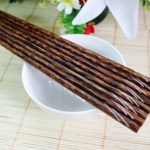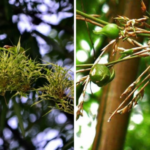1. Keys
Keys have been a symbol of good luck since ancient Greek times. Known as the “Keys to Life”, they were believed to grant the owner the power to have their prayers answered by the gods. Keys represent luck and freedom and are a popular charm to wear, suiting any style or outfit.
2. Elephants
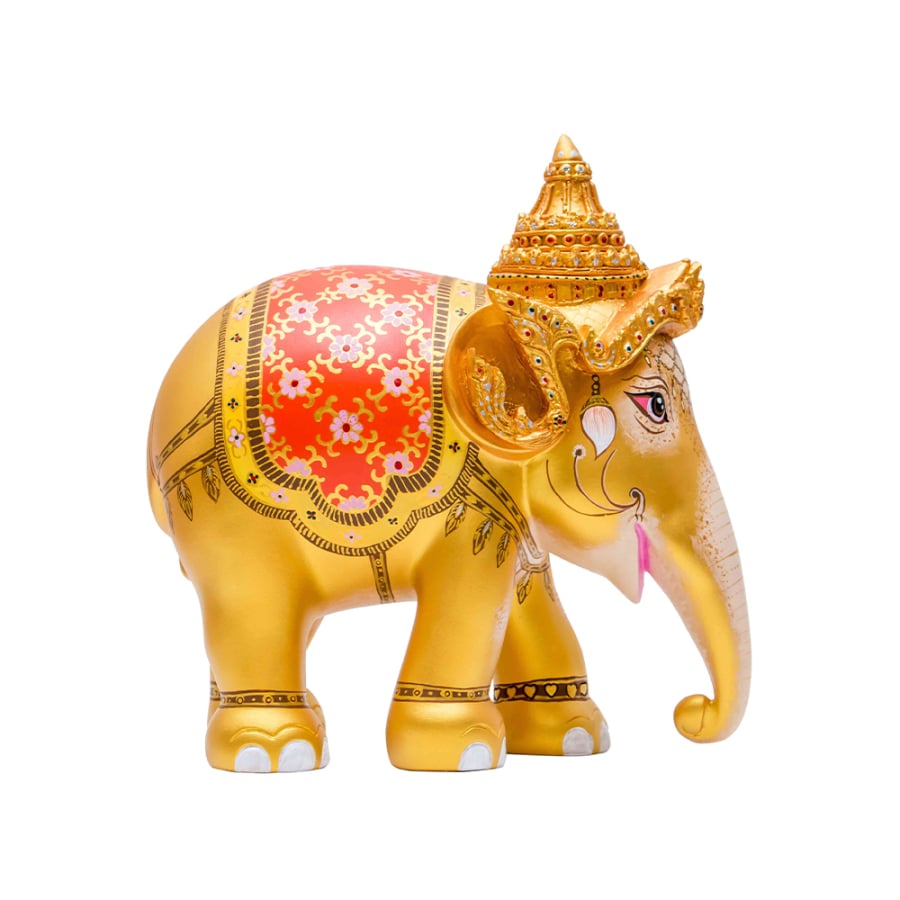
Elephants are a symbol of luck in several Asian countries
Elephants are considered a symbol of luck in both Thailand and India. They represent wisdom, power, strength, and stability. For this reason, Asian businesses, especially in these two countries, often place an elephant facing the front door with its trunk raised upward.
3. Acorns
Acorns are considered a symbol of good luck with origins in England. During the Norman Conquest, English soldiers carried acorns, believing they protected them from harm and death. The British people then adopted them as lucky charms.

Acorns are seen as lucky in England
Acorns are also the fruit of the oak tree, so they symbolize growth and strength.
4. Bamboo
In Asia, bamboo is one of the strongest lucky charms. Bamboo grows quickly and has multiple uses, including writing, food, housing, and decoration. With its versatility and abundance, bamboo has become a popular lucky charm for homes and offices.
5. Horse Shoes
Horse shoes are considered lucky in Western Europe due to their association with iron, believed to ward off evil spirits. Additionally, the notion that witches feared horses led to the belief that horse shoes could keep them away. Horse shoes also symbolize strength and endurance, reflecting the qualities of horses.
6. Four-Leaf Clovers
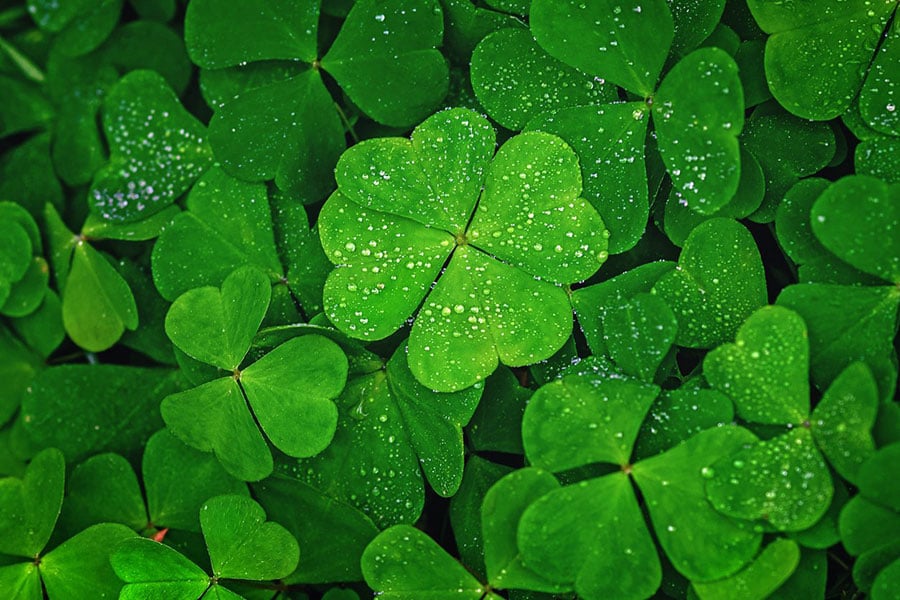
Four-leaf clovers are a popular lucky symbol worldwide
Four-leaf clovers are one of the most beloved lucky symbols, originating from Ireland. As three-leaf clovers are common, finding a four-leaf clover is rare and special. The four leaves represent love, luck, hope, and faith, as well as the four sides of the cross.
Today, the symbolic meaning of four-leaf clovers has spread worldwide.
7. Ladybugs
Ladybugs are a farmer’s lucky charm as they feed on pests that damage crops. In the United States, it is believed that having a ladybug land on you brings good luck, especially regarding money or fortune.
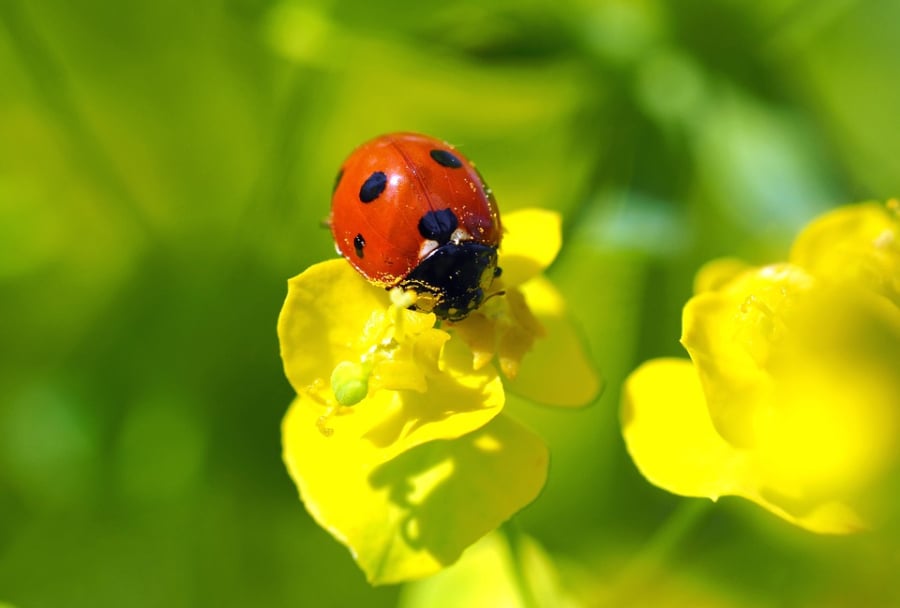
Having a ladybug land on you is considered lucky
If you catch a ladybug, make a wish and let it go. Your luck will come from the direction it flies away.
5 Commonly Misplaced Household Items that Lead to Clutter
Are you tired of constantly having to search for missing items in your living space? If so, organizing your possessions is the best way to find what you need quickly and make a tidy, efficient living area. In this article, we reveal five items that are most commonly misplaced and offer tips on how you can arrange them properly.




























